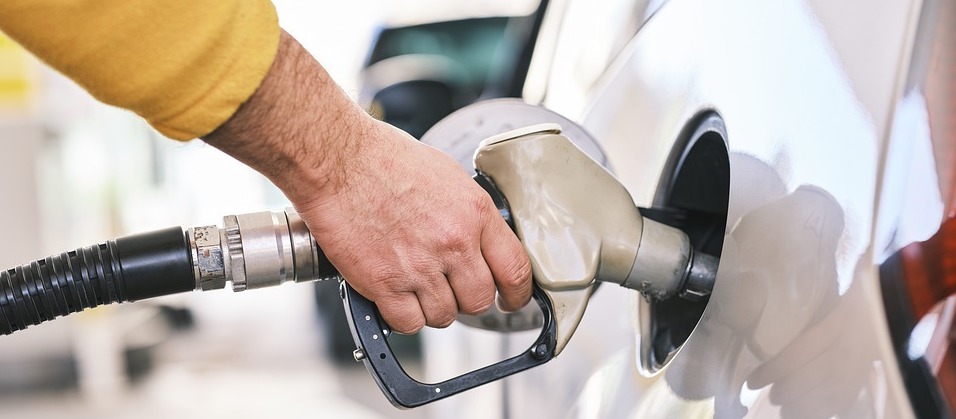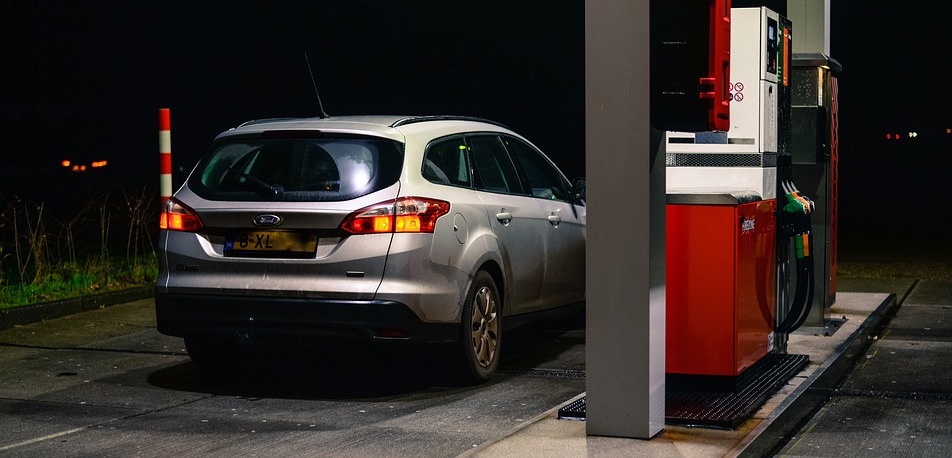In case you’ve missed it, petrol prices are high. According to provisional figures from MBIE, prices of regular 91 after discounts are up 61 cents since the start of 2022. That’s a 25% increase in just over two months! The government has temporarily eased this pressure by cutting the excise tax applied to petrol at the pump by 25 cents per litre. This leaves two big questions, will prices continue to increase? And what can you do to ease the burden on your back pocket in the mean-time?

Let's go back to the basics of supply and demand…
Fundamentally, the petrol market operates like any other market. Consumers (that’s us) demand a good whilst suppliers supply the good. Two things can cause the price of a good to go up. Either consumers decide they want more of a good (demand-side) or suppliers decide to supply less of a good (supply-side). Suppliers typically decide to supply less of a good when the cost of the good increases.
Recent price spikes are largely being driven by the supply side. Economists have been quick to point out sanctions against Russia and supply-chain disruptions from Omicron as potential culprits. Both of these work to restrict supply, providing uncertainty to the market and make the process of getting oil out of the ground and into your car more challenging.
Unfortunately for New Zealand, we don’t produce our own oil. We rely entirely on the overseas markets which means what you pay at the tank is largely determined by global factors. However, there is a significant tax component to the price of petrol in New Zealand. Before recent changes, Kiwis paid a tax of approximately 96 cents in tax (excluding GST) per litre of regular petrol. That doesn’t even include GST, which is 15%!
The government has recently slashed this tax by 25 cents for a period of 3 months to ease the burden of higher petrol prices. But some economists are doubtful about how long this will keep petrol prices down. That’s because a tax cut does nothing to address the market conditions causing price increases in the first place.
In short, prices are increasing because of global conditions which the New Zealand retailers and consumers are completely at the mercy of. Prices are not generally expected to fall but the pressure should eventually ease. But keep in mind markets are unpredictable and the petrol markets are notoriously complex and hard to predict.
The EV debate
Most Kiwis have probably wished, even if just for a moment, that they drove an electric vehicle when they glanced at the meter on the petrol pump today. Google data suggests searches for electric vehicles are near all-time highs. So could it be time for you to make the switch?
You will probably have increasingly noticed that Tesla electric cars are no longer the odd rarity on our roads. In October 2021, Tesla even made the top selling car for the month in New Zealand surpassing the firm favourite - the Toyota Hilux. Since then Tesla have sold thousands more vehicles to Kiwis. If you have a Tesla or are thinking about purchasing a Tesla, you can learn more about it here including insurance for Tesla cars in New Zealand.
According to calculations from Gen Less and the EECA, an electric vehicle costs the equivalent of 80 cents/litre to run, 41 cents if you charge during off-peak hours! This figure was calculated on the basis that electricity costs $0.29/KWh which is approximately the average cost of electricity in Wellington city in February 2022. Even taking the highest price of electricity in the country, $0.43/KWh in Kerikeri, that’s the equivalent of 121 cents/litre. You can check your city here. Note these calculations assume a charging efficiency rate of 15% and consumption of 22.81KWh per 100km.
Battery electric cars aren’t the only electric options on the market. Hybrid vehicles come in two forms, hybrid and plug-in hybrid (PHEV). Both vehicles have electric and combustion engines and both have batteries. But only the PHEV can be plugged in to charge. The standard hybrid instead charges by ‘reclaiming’ energy lost during usual driving (such as during braking). Both versions will make a dent in your petrol bill, but the PHEV will make the biggest. The extent of this will depend on how you drive and where you drive. But for city commutes in stop-and-go traffic, hybrids can use significantly less fuel (and most are eligible for the government's clean-car rebate!).
The Ministry of Transport says the average Kiwi drives 11,500km each year. Toyota claims their Corolla Hatch with a 50-litre tank will do 6.7L/100km. If we take a petrol price of $2.65/litre it will cost you $132.50 to fill from empty. It will also cost you around $17.76 to drive 100km or $2,042.40 a year to drive 11,500km. A Nissan Leaf, by comparison, will cost you around $5.37/100km or $617.55 for 11,500km to run. Both these figures are based on ranges provided by the manufacturers so real-world results may differ, but the vast difference speaks for itself.
We used this handy spreadsheet from Gen Less to calculate EV running costs. You can try it yourself, try varying factors such as range and electricity prices to see how this impacts the running cost of an electric vehicle.

Simple savings tips
Not ready to embrace electric vehicles yet? Maybe you’ve got concerns about range and access to charging, or maybe you’re simply not ready to part with your combustion engine. That doesn’t mean you have to keep forking out a small fortune each time you fill-up. We’ve got some easy savings tips to make that petrol station trip a bit cheaper.
Reward programmes can be a simple way to save when used correctly. AA Smartfuel allows you to build up discounts by shopping at participating retailers for use at BP or GAS. Z and Caltex offer a discount of 6c/litre to all Air New Zealand Airports cardholders which can be either used now or stacked for later. Mobil similarly offers a 6c/litres discount to holders of their Mobil Smiles Card reward programme. These aren’t necessarily massive savings, a 6c/litre discount will only save a Toyota Corolla driver $3 on a full tank, but they are incredibly easy to use.
Another great way to save money is by shopping around. If you’ve ever driven around town you would have noticed that petrol prices vary. A lot. Apps like Gaspy provide an easy way to compare prices. A search for petrol within 20km of Wellington reveals prices ranging from 249c/litre to 277c/litre. Your home neighbourhood might not be the best place to fill up on a regular basis! Try checking the price near work, school or on the way to any locations you frequently visit to see if you can save by visiting a different station.
Another way to save is to watch how you drive. Avoiding abrupt changes in speed, unnecessary idling and running the air conditioning are all ways to keep that fuel bill down. Remember any time you put your foot down you’re using more petrol, so try to keep your speed smooth. The AA reckons drivers with inefficient driving styles use up to 20% more petrol. Avoiding short trips will help too, according to the NZTA cold engines also use up to 20% more fuel.
Or why not just skip the car altogether, especially on those shorter journeys. Cycling is an extremely cost-efficient way to get around, especially with all the new cycleways opening in and near city centres.
Conclusion
Petrol prices always seem to be going up and recent events have worked to accelerate this pattern. Temporary measures such as the reduction of the tax on petrol will ease this for today but as just that, temporary, motorists shouldn’t be sighing a breath of relief just yet. Without ditching the car altogether the only way to break free of petrol price-related anxiety is to invest sooner rather than later in an electric vehicle. But even if you aren’t ready to go electric, there are some simple tips and tricks you can build into your regular drives to help you save at the pump.
Keep in mind petrol costs are just one aspect of the cost of vehicle ownership. When is the last time you checked if you’re still getting a good deal on your car insurance? Quashed’s easy-to-use Market Scan tool can help you compare policies and prices in just a few clicks and make sure you’re not overpaying! The average Quashed customer are finding savings of more than $300+ on a policy, with some even saving thousands on their insurance a year. Check Quashed out today – it’s free to use.

